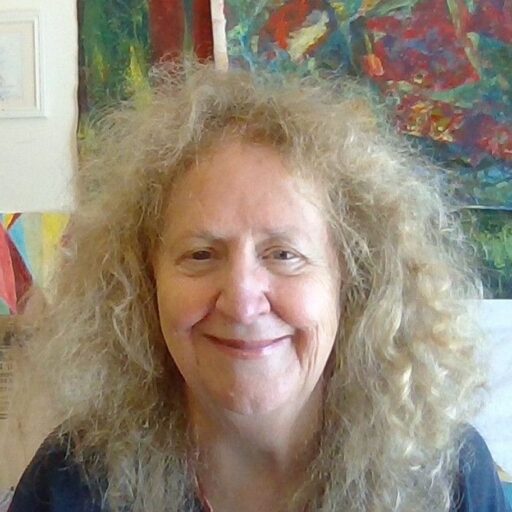Yesterday I ranted about politics, the reason being that education is crucial to our continued existence as a semi-democracy. The specter of a fascist, conspiracy-theory driven regime in Washington is so beyond horrifying to me. I noticed today that a group of teachers of the year have broken their own rules about remaining neutral in elections and written a letter denouncing Trump, appearing in the Washington Post. I’m not the only one.
So, the point is, what are we as educators going to do about the apparent inability of citizens to think critically, weigh evidence and apply the lessons of history to the present? This is a matter of urgency, and we don’t have much time to fix it.
I laid responsibility at the feet of teacher education, which is not completely fair. I was reacting to the NYT article about teacher recruitment, which frankly made me angry. What I didn’t say was that it’s a whole-society problem, and that teacher education is simply a reflection of the culture.
I recently talked to some middle school science students about learning. They had been doing a sequence of learning activities designed to “teach” them about the electromagnetic spectrum. We first explored what happens to light when it travels through a cup of water (with a pencil in it), and what happens to light when it passes through a convex lens.
We physically (by going outside and actually doing it) modeled the tried-and-true marching soldiers demonstration (click here) to think about what happens when light waves pass through a new medium at an angle. We then did an angle of incidence/angle of reflection lab with mirrors, and the students then read about light in their textbook and answered the “section review” questions. They created posters of the electromagnetic spectrum, and finally took a test. They did pretty well.
I had very good reasons for designing the unit the way I did. There was an extended period of exploration of the phenomena in question, so that students would have a deeper understanding of what the textbook abstractions were talking about. We physically modeled the marching soldiers because movement activates the brain and enhances learning. I regretted that I did not have multimedia available in this classroom so that we could explore other parts of the electromagnetic spectrum, nor did I as a substitute have a stockroom full of equipment to tap into. Diffraction gratings would have been useful.
The interesting part was the conversation we had about learning when preparing for the test. I made the statement that the students were supposed to learn from the activities we had been doing. Someone said, “You have to teach us!” I immediately replied, “I can’t get inside your head and put knowledge in. You have to think. Learning is your responsibility.”
I reviewed the sequence of activities, and we discussed what had been the point of each. I tried to be explicit. “I’m not going to tell you what to think. You need to make sure you understand the point of each lesson. The learning happens inside your head.”
I’ve written before about students not understanding that the point of learning activities is to learn– in a blog post, “learning through discussion, what does it mean?”My conclusion is that the cultural model of learning, in which teachers tell students what to think, is the perspective through which learners understand classroom activities. They passively wait for the teacher to tell them what will be on the test.
Such a set of assumptions undermines democracy. Our students do not see themselves as anything but passive consumers of information, and not active agents whose job is to think about and determine the truthfulness of what they see and hear.
